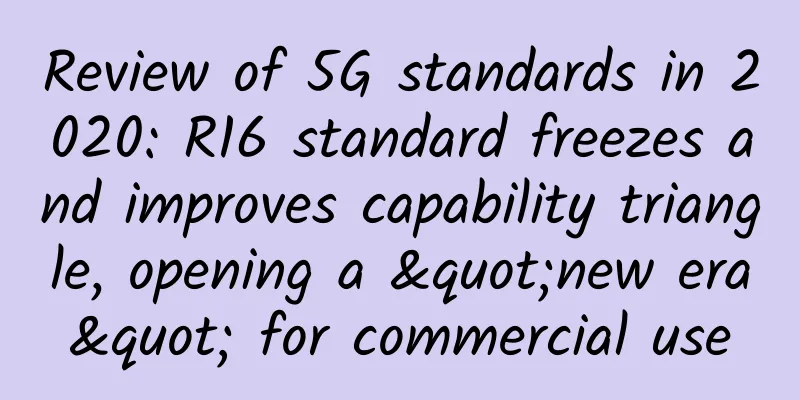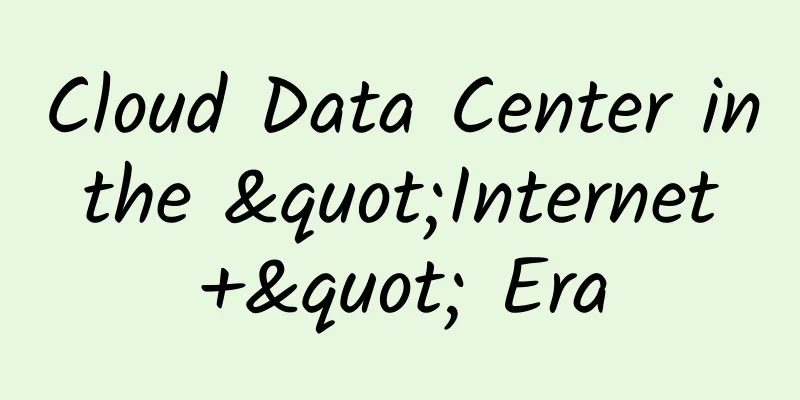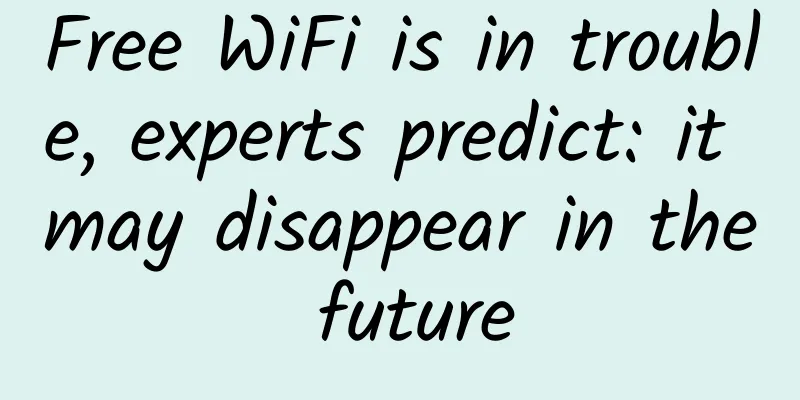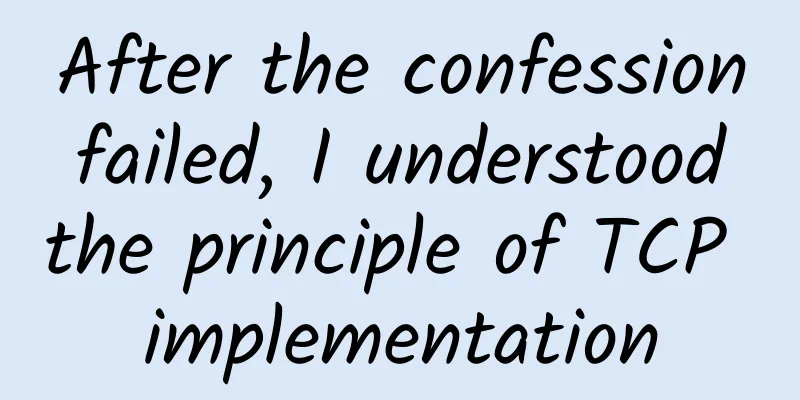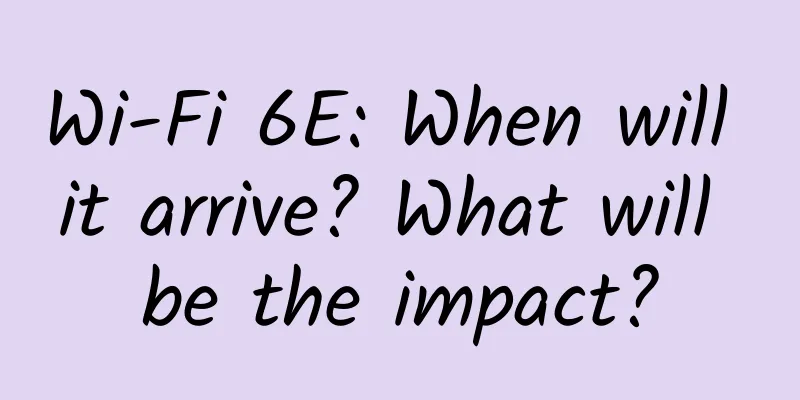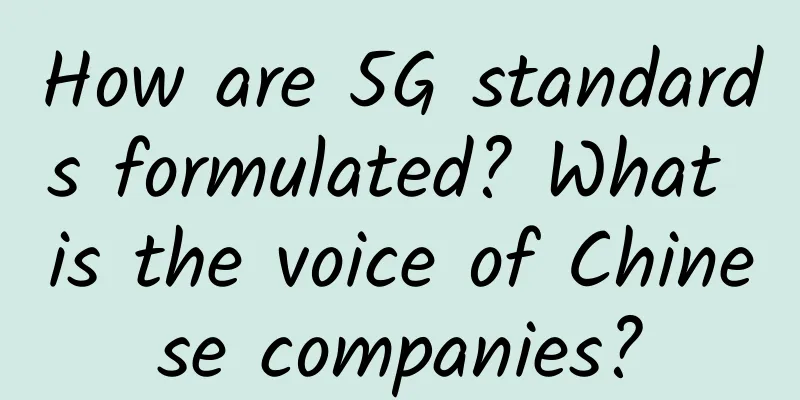If your HTML is full of Divs, be careful
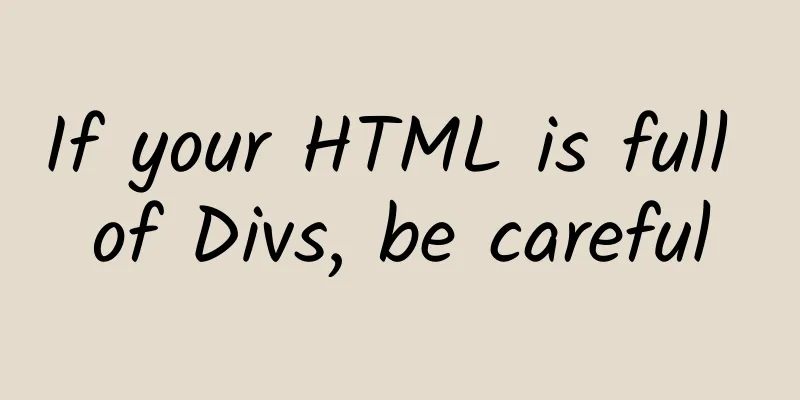
|
Students who do front-end development know that the basic components of a web page are HTML, JavaScript, and CSS. Developers usually pay more attention to JavaScript and CSS, and practice various language specifications and design patterns. They pay less attention to HTML. As long as they can produce the interface drawn by the designer, everything will be fine. They don't care whether the HTML is standardized and reasonable. As a result, the following situation can be seen everywhere:
See? One <div> does it all! Is there a problem with this? It seems that there is no big problem. After all, the page looks as designed and can be interacted with normally. But have you ever thought about it, if <div> can solve everything, why do we need dozens or hundreds of other tags? This is what we have to say about the semantics of HTML. 1 What is semantics? Semantics means that HTML elements have corresponding meanings. They are used to describe the content of an element or its relationship with other elements. In HTML, except for <div> and <span>, most of the elements are semantic. The degree of semantics of tag names also varies. For example, <section> is more vague than <article> in describing the content. <section> is also semantic because it indicates that the content should belong to a group. <article> not only indicates that its content belongs to a group, but also indicates that it is an article. To further illustrate the importance of semantics, let’s use title and button elements as examples. Title Elements <h1> is the title of the page, and together with the <h2> below it, it forms the hierarchical structure of the page.
In many rich text editors, using the appropriate heading structure, the table of contents can be automatically generated. For example, the directory structure of this article is as follows: As you can see, HTML itself conveys the structural information of the entire article. On the contrary, if all <div> is used, it will become like this:
Since <div> has no meaning attached to it, it is a flat structure. As long as the correct HTML tags are used, the DOM will become clear and structured. Button The function of a button is to submit a form or change the state of an element. By definition, a button has the following characteristics:
When you use <div> to bind click events to simulate buttons, you cannot use the semantic interaction features that <button> naturally comes with. You also need to implement these features manually:
Not only that, when a screen reader encounters the <button>Submit</button> element, it will recognize the semantics and tell the user that this is a submit button. If it was just a <div>, the screen reader would not think it was a button. When we use semantic HTML elements, we give meaning to the content and the content comes to life. 2 Non-semantic elements As mentioned before, <div> and <span> are non-semantic elements. <div> does not add any meaning to the content, it is just a <div>. Of course, this is not entirely accurate, because there are still some slight differences between <div> and <span>:
If you really can't find a corresponding HTML element to represent the content, you can use <div> or <span>. Since <div> and <span> are designed, they naturally have their uses. After all, not every HTML element needs additional semantics. The general principle is to use the corresponding semantic elements to represent the content first. As a second choice, use tags with less clear meanings. Finally, consider using <div> and <span>. 3 Summary Although using semantic HTML elements will not bring obvious benefits to your project, I still recommend you to do so. At least, semantic HTML pages can bring better SEO rankings, are more friendly to screen readers, and have higher code readability. If you are an aspiring coder, I believe you will agree with me. This article is reprinted from the WeChat public account "1024 Translation Station", which can be followed through the following QR code. To reprint this article, please contact the 1024 Translation Station public account. |
<<: How 5G will transform the patient experience
>>: A few pictures, take down HTTPS
Recommend
DiyVM: 50 yuan/month-2GB/50GB/5M/Hong Kong CN2 line
DiyVM is a brand of Hong Kong Ruiou International...
ZJI Double 11 recharge 1000 yuan to get 100 yuan, Hong Kong high-defense server lifetime 50% discount, regular server 20% discount
ZJI was founded in 2011 as Weixiang Host, a well-...
The three major operators secretly cut 5G prices. Users: The private 9-yuan package is still more attractive
According to customer service, the 5G network tra...
Many operators have been arrested! Please stay away from these common illegal operations.
Starting from the second half of 2020, the nation...
Interviewer asked: Tell me about the principle of IP address allocation
1. Introduction to network model In computer netw...
What is the Internet of Behavior (IoB)?
One of the fascinating things about technology is...
It’s just a matter of time! Operators, who are not short of money, are about to usher in a large-scale listing trend
"Wealthy and powerful" has always been ...
MPLS Multi-Protocol Label Switching is a must-have network technology for carrier backbone networks. Learn more in one minute
1. Understanding MPLS Background Traditional IP d...
DiyVM: Hong Kong CN2 & Japan & US VPS, KVM architecture, 2G memory starting from 50 yuan/month
DiyVM is a Chinese hosting company founded in 200...
OneTechCloud: 20% off on all VPS monthly payments starting from 22 yuan/month, Hong Kong CN2&CMI/US CN2 GIA&9929/High Defense optional
OneTechCloud (Yikeyun) offers a 20% discount code...
Network monitoring tool! Don't miss these 7 free open source tools
Editor's note: In the real estate market, the...
Several issues that must be understood about the NB-IoT protocol
The cellular-based Narrow Band Internet of Things...
SoftShellWeb: San Jose/Netherlands VPS monthly payment starts at $3, Taiwan VPS annual payment starts at $49
SoftShellWeb is a foreign hosting company registe...
2G is shut down in many places. How can NB-IoT and Cat.1 seize the opportunity in the reshuffle?
It's the start of the new school year again, ...
From entry to mastery: Application and best practices of Ansible Shell modules
Ansible is a powerful automated operation and mai...
